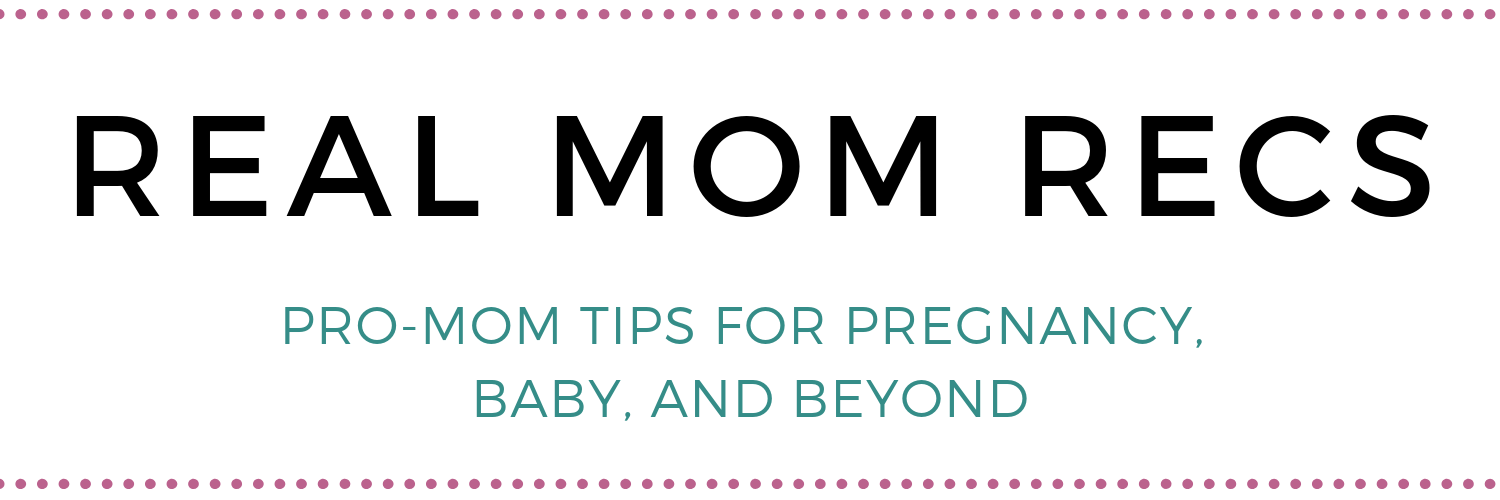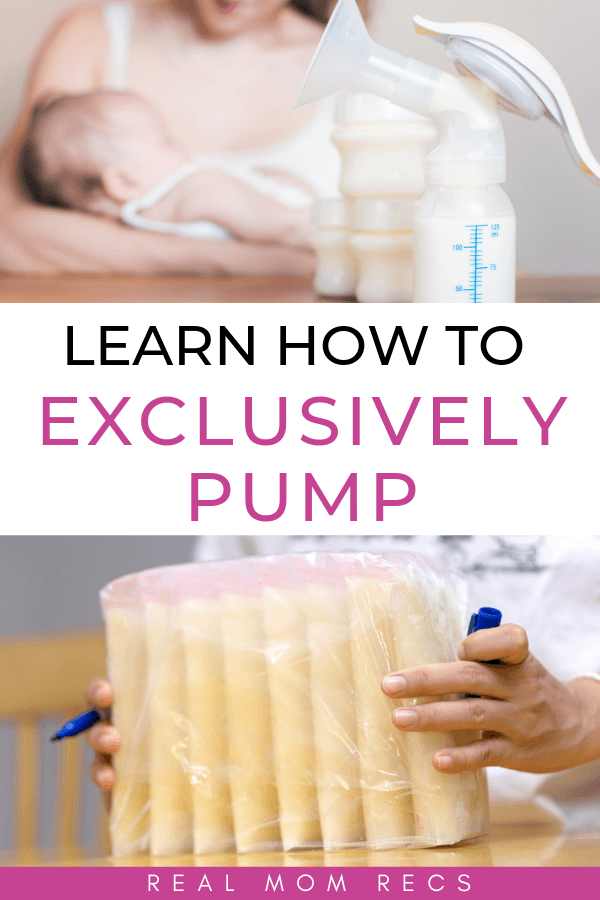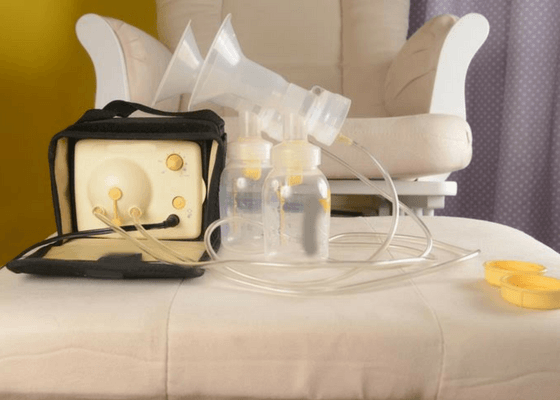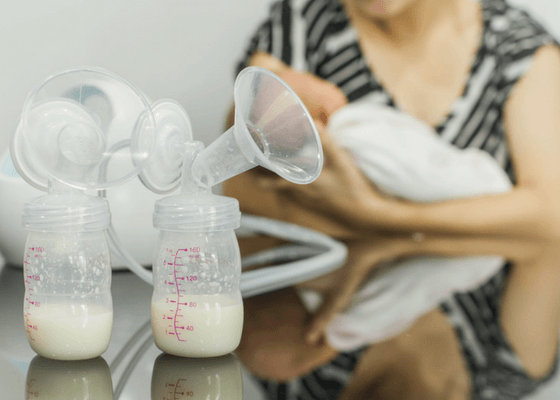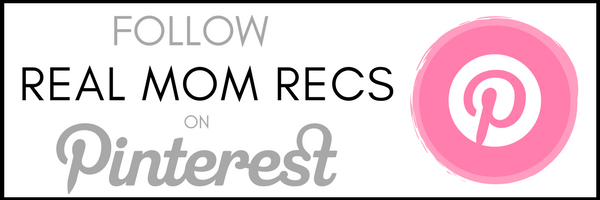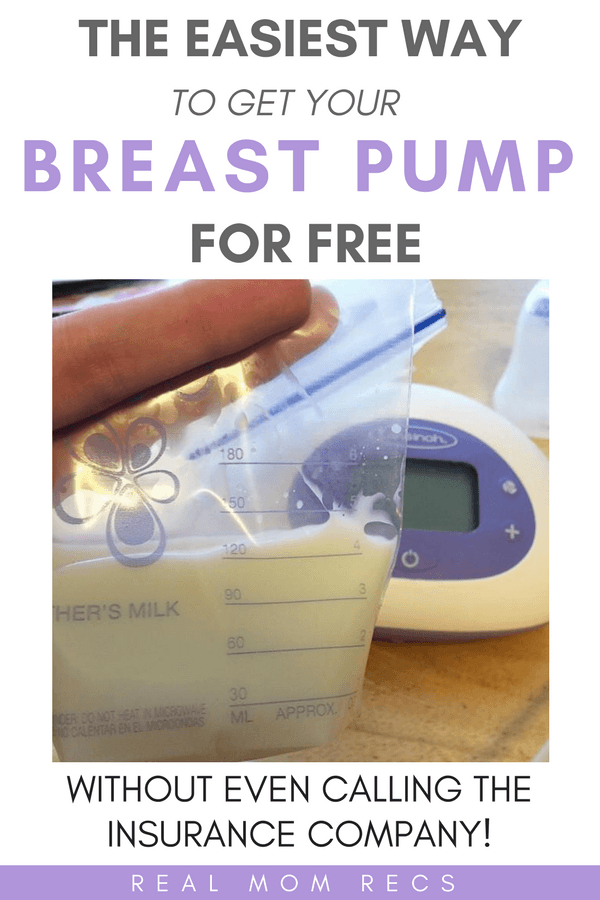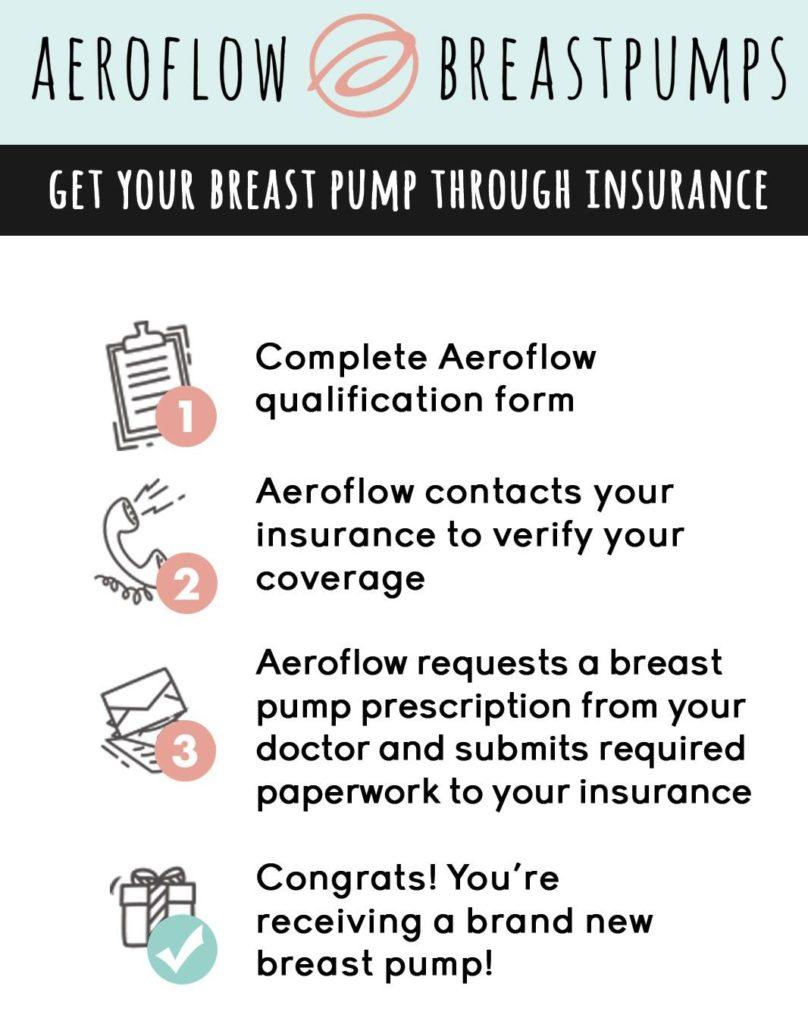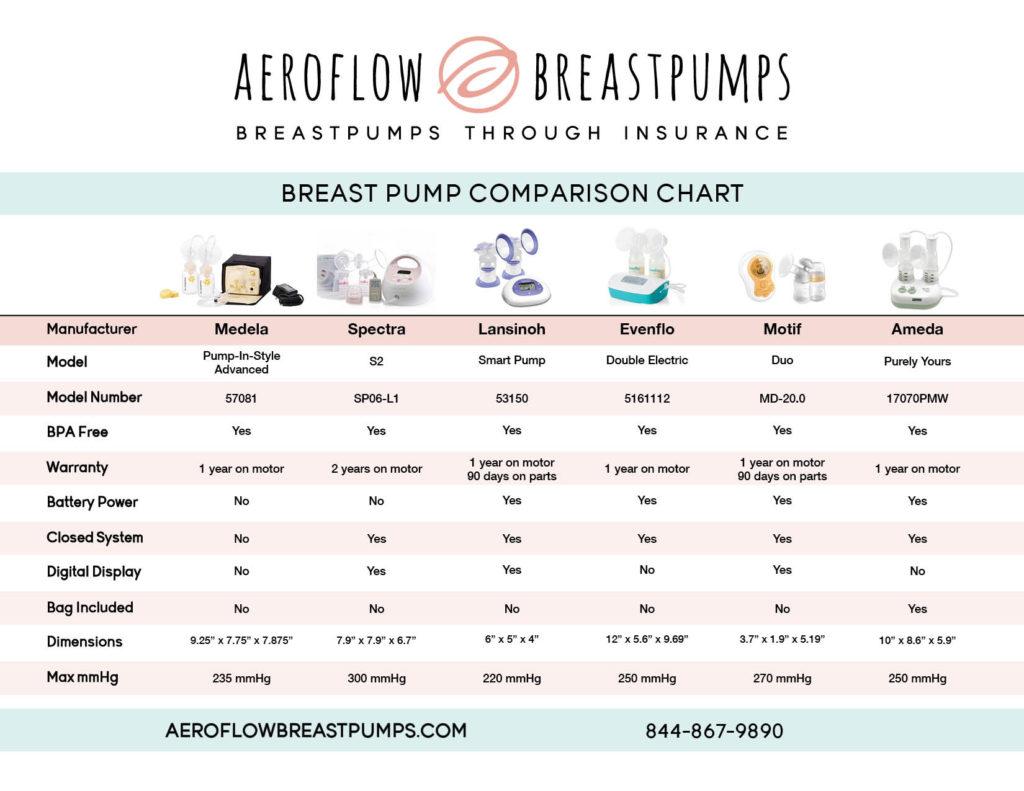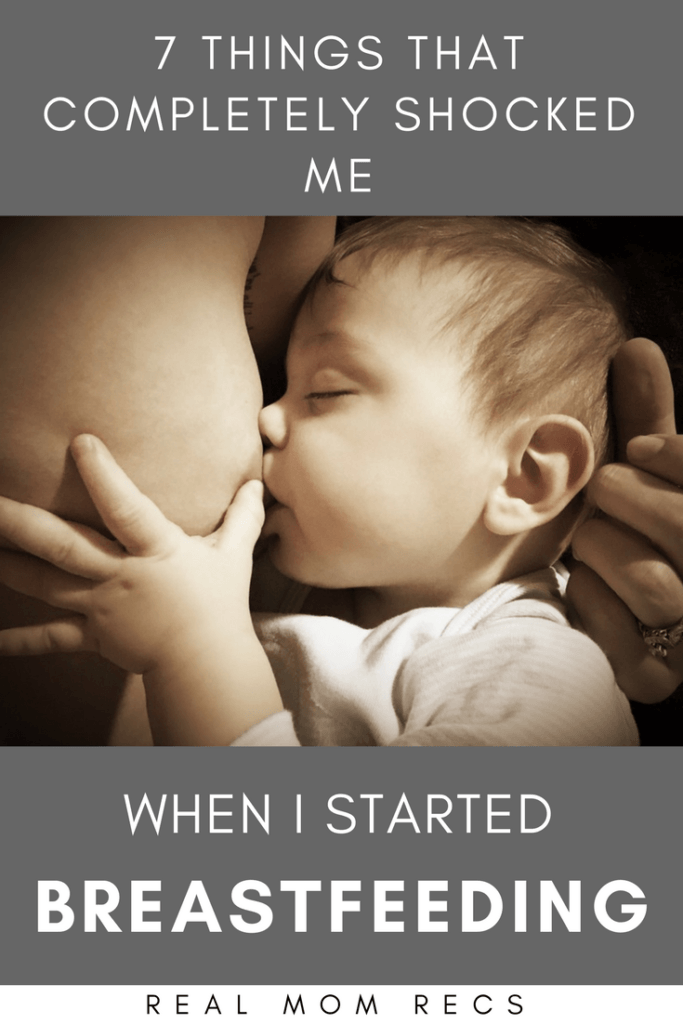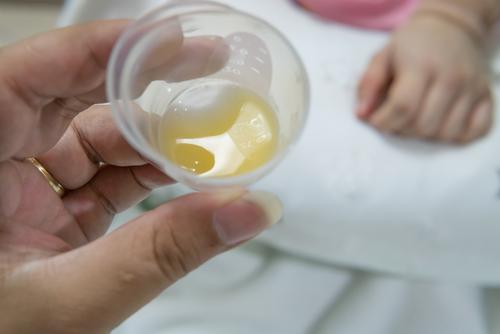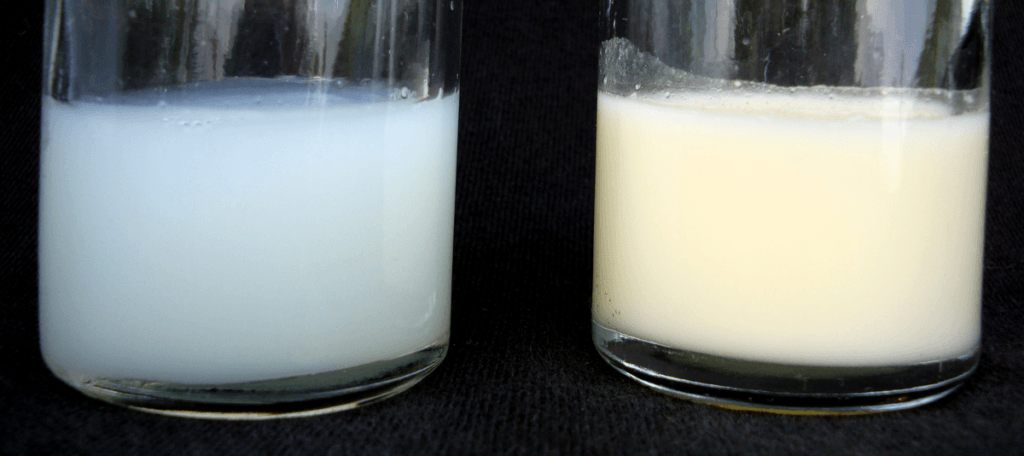“How To Exclusively Pump and Keep Up Your Supply” is a guest post written by Tiffany Thomas. Many thanks to her for sharing her wealth of knowledge on this topic!
This post contains affiliate links, meaning a small commission may be earned at no extra cost to you.
Having a new baby should be a wonderful, joyous time for mothers. While it is not perfect (how can sleepless nights be anything but?), it can be one of the most rewarding things you do.
Nothing can ruin those feelings more than the stress of having an inadequate breastmilk supply, especially when you have to pump exclusively.
For both of my children (and for future little ones), I have only been able to pump. Tongue ties combined with flat nipples, mixed with severe health issues on my part have created a perfect storm of not being able to nurse.
While there is nothing wrong with exclusively pumping at all¸ it definitely has its challenges. The biggest stress of pumping is ensuring you have an adequate milk supply for your baby.
It can be so disheartening to pump for literally hours every single day and only come away with 3-4 oz – total.
I’ve put together some tips that can help boost your milk supply. As you read these, however, please, please, please keep in mind that every woman’s body is different.
No matter how much milk you provide, or how much you need to supplement with formula, what matters most is that your baby is shown your love and affection. Don’t let the stress of “not enough milk” interfere with that.
How to Exclusively Pump Part 1: What you need
Get a good double breast pump
The most important aspect of pumping is to have a good quality breast pump! There are dozens of posts and reviews out there, so I won’t go into details in this post. I give a few general guidelines, though:
- See if your health insurance will provide a breast pump.
- Try to get a hospital-grade breast pump. My insurance company provided a rental (since these cost over $1,000) after my OB wrote a prescription. Some hospitals will also rent them
- While it is tempting to buy a used one, they are not able to be sterilized since the air circulates through the motor (unless it is hospital-grade)
- Get a double breast pump. Not only does this save time, you also don’t lose the milk from the other side when a let-down occurs.
Have the right supplies
There are a few must-haves (for me, at least) when I am pumping:
- Hands Free Pumping Bra
The person who introduced this allows me to have both hands free while I pump. I can then multi-task (like work or even play with my children) while pumping.
- Something that smells/sounds/looks like your baby. When you can see, smell, or hear your baby while nursing, it encourages more frequent, quicker let-downs.
- Pumpin’ Pal Flanges
These are amazing. Because they curve, you can lean back a little when you pump. It helps my relax and not feel like my back is going to break!
- Something to do. Whether it’s work, reading a book, or even just browsing Facebook, you need to be able to do something other than sit and think about how much you could be doing if you weren’t pumping!
- A comfortable place to sit. Nothing will make you want to rush pumping more than feeling uncomfortable.
All of these things will help increase your supply because you will be less likely to be stressed and rush your pumping session. If you are on edge or uptight, then you won’t be able to have as effective let-downs.
How To Exclusively Pump Part 2: Keeping Good Supply
Stay hydrated
If you are not producing enough breast milk, one of the first things you should look at is how much you are drinking. Water is preferable; you should avoid sodas, sugary drinks, and even sugary fruit juices. Gatorade might be a bit better than water.
If you’re like me, and plain water makes you feel a bit sick, add some lemons or other flavoring methods. I will water-down juice or powdered drink mixes, usually ¼ mix and ¾ water. One thing that helps me is mix up an entire pitcher each morning and then leave it on the counter to drink throughout the day.
The average person should drink 64 oz per day, but that varies for each person. When breastfeeding, you should add an additional 32 oz to what you already drink (so around 100 oz per day).
Eat well
Did you know that you need more calories producing breast milk than you did being pregnant? The average pregnant mother only needs an extra 300 calories in the second trimester and 400-500 calories in the third trimester. However, when you are breastfeeding, you need at least an extra 500 calories per day. (There are about 20-25 calories in each oz of breastmilk.)
So many mothers try to go on a diet to lose the extra baby weight, but what it really does is take away the calories needed to make healthy breastmilk for your baby. You may also want to take a multivitamin, or continue taking your prenatal vitamin, so your breastmilk is full of nutrients.
Set a schedule that fits your body
Everyone’s bodies are different, so it makes sense that your body will produce and empty milk differently. A baby will nurse until they are full, no matter how long it takes for the breast to empty.
For me, it takes forever to empty. I do best pumping 5 times per day for an hour at a time.
Yes, you read that right – an hour at a time.
It takes forever, I know, but I get 75% of my milk during that last 10 minutes of the hour. I try to set a schedule that works, and my body gets used to producing the milk at that time. In fact, if I am running late, I will still have let-downs during my scheduled pumping time, even if I am not actually pumping!
(Although I will point out that for the first month or so of my baby’s life, I just pump every time she eats, which is usually 10-12 times per day, for about 30 minutes each time. Then I adjust to the 5 times per day.)
Try power-pumping
When babies go through growth-spurts, they tend to nurse almost constantly, for short periods of time, for a couple of days. The mother’s body will increase the amount of milk because of the high demand.
In order to mimic this in your own body, you can do “power-pumping” for a few days. This will take more time, so it might be good to do this over a weekend (instead of trying to pump during breaks at work).
The way power-pumping works is that for each session you pump, you pump for 10 minutes, take a 10 minute break, pump another 10 minutes, take another 10 minute break, and pump for a final 10 minutes. Repeat this 6-7 times each day for 2-3 days.
This should increase your overall supply. Nursing mothers will have full, uncomfortable breasts for a few days after a growth spurt. Their body will then naturally lower the milk supply to match the baby. However, since you pump, you should be able to maintain this increase! When you need more milk, just power-pump again!
I tried to power-pump at least once a month when I had babies.
How to Exclusively Pump Part 3: Mental and Emotional Support
Find a support system
Lastly, what you really need to have a good supply is a good support system. If you are stressed about pumping and want to throw in the towel, having support is vital.
One of the best places I found support was through Facebook groups. There are several different Facebook groups that are devoted to women who are exclusively pumping. It’s a great place to ask questions, get advice, and interact with other women who are in the same place you are. Odds are, they’ll also be up at 2 am pumping when you are, so you can have someone to talk to!
Keeping things in perspective
This may be a difficult journey, and exclusively pumping may not be what you had planned. It definitely wasn’t how I envisioned I would feed my baby. But I ended up loving it so much more than nursing, and it was the best fit for my family.
Just remember, every ounce of that liquid gold is worth it.
If you have to supplement with formula, you are not a failure.
Even if you do every one of these tips and only get 5 oz per day, you are not a failure.
Each ounce of breastmilk that comes from your body goes towards helping your child grow and builds their immune system. But more important, fed is best. If it just isn’t working out at all and is damaging how you feel about your worth as a mother, then let it go. Purchase some formula, and enjoy snuggling your baby.
In the end, those snuggles and love will help your child more than anything.
Do you have any questions about exclusively pumping?
Leave me your question in the comments and I will answer!
And if you’re just starting out on your breastfeeding journey, don’t miss the 5 must-dos for breastfeeding success.
ABOUT THE GUEST POSTER

Follow her here:
